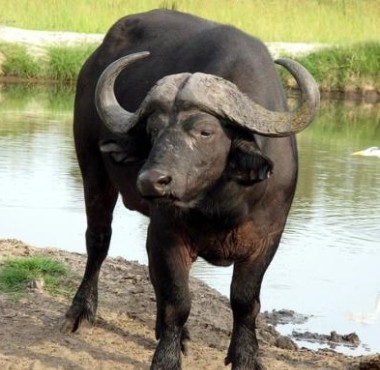Monday 28th January 2019, 11:30am
Researchers have created a new high quality water buffalo genome assembly, which surpasses that of the human and goat assemblies in contiguity.

One way of assessing the quality of a genome assembly is to look at the number of gaps that interrupt the contiguity of the genome sequence. Researchers have generated a new assembly of the water buffalo genome with hundreds of gaps fewer than previously achieved for the human and goat genomes.
Despite advances in sequencing technologies, our ability to generate long contiguous DNA sequence reads is still limited, with several gaps usually present in the genome.
In this study, researchers have combined a number of techniques (long-read sequencing with serial Chicago and Hi-C scaffolding), which made it possible to produce an exceptionally high-quality chromosome-level genome assembly. They have demonstrated that by combining these techniques, the number of gaps in the genome can be significantly reduced.
The water buffalo is an economically important livestock species. It contributes to global agriculture with its meat, milk, hides and draught power.
The Roslin Institute contributed to this study, which has been led by Professor John Williams at the University of Adelaide. Roslin scientists have generated over 21 billion RNA sequencing reads of over 50 tissues, providing a comprehensive gene expression atlas for the water buffalo. A significant part of this data was used to annotate the buffalo genome. This process is fundamental to understanding the function of each gene of the genome.
The results will help both biologists and farmers, as a high-quality reference genome is necessary to understand the biology of a species, manage genetic diversity and, in the case of livestock, to apply genomic selection for genetic improvement.
"This study has provided an exceptional reference genome for the water buffalo, facilitating research into the genetics of this important livestock species. At The Roslin Institute we contributed to this international study by generating billions of RNA sequencing reads, providing valuable information on where genes are expressed in the body and their functions."
This work, which was partly funded by BBSRC, is a collaboration between institutions in Australia, the UK, USA and Italy. The results are published in the journal Nature Communications.
Source: The Roslin Institute